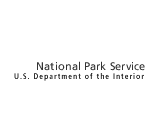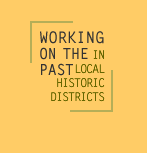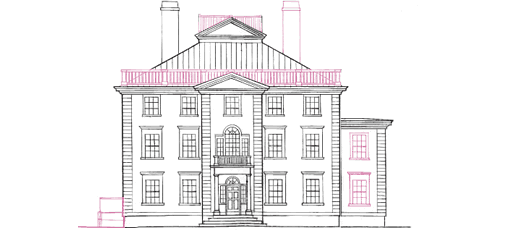
 |
||||||




Choosing Restoration as a Treatment
What happens to the house?
Chrisfield is used as a house museum to interpret Dr. Merriwether’s
life and distinguished career. Based on documentary and physical evidence,
the building is restored to its appearance in 1850. The chimney lost in
the 1938 storm is replaced. New windows matching those in Merriwether’s
1850 addition are installed. The roof balustrades are re-created. All
later changes to the house are removed so that only one period is interpreted.
A lift to accommodate individuals with disabilities is added.
<<How the Work Fits Time and Place>>
Restoring Chrisfield
Only the historic materials from the
1850 period are retained. Materials that represent other occupancies
over time are demolished. Features from the restoration period are re-built
in new material.
![]()
Restoration focuses on the retention of
materials from the most significant time in a property's history. It permits
the removal of materials from all other periods. This treatment is generally
selected for interpretive purposes.
<<Key Ideas in the Standards for Restoration >>
![]() Use the
property as it was used historically or find a new use that reflects the
property's period of greatest historical significance (called the restoration
period).
Use the
property as it was used historically or find a new use that reflects the
property's period of greatest historical significance (called the restoration
period).
![]() Remove
features from other periods, but document them first.
Remove
features from other periods, but document them first.
![]() Stabilize,
consolidate, and conserve features from the restoration period.
Stabilize,
consolidate, and conserve features from the restoration period.
![]() Replace
a severely deteriorated feature from the restoration period with a matching
feature (limited substitute materials may be used).
Replace
a severely deteriorated feature from the restoration period with a matching
feature (limited substitute materials may be used).
![]() Replace
missing features from the restoration period based only on pictorial documentation
and physical evidence. Do not make changes that mix periods to create
a “hybrid” building that never existed historically.
Replace
missing features from the restoration period based only on pictorial documentation
and physical evidence. Do not make changes that mix periods to create
a “hybrid” building that never existed historically.
--------------------------------
